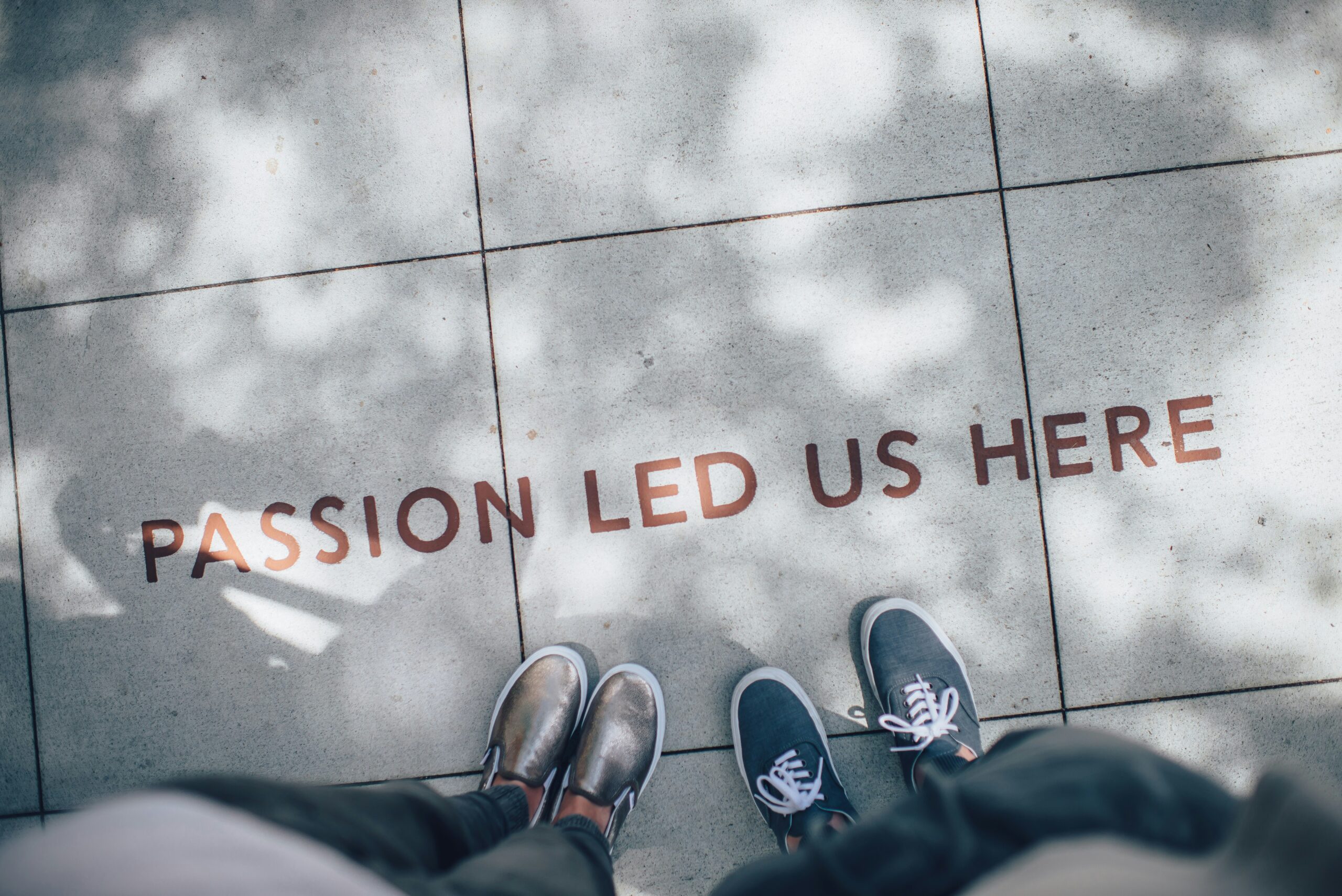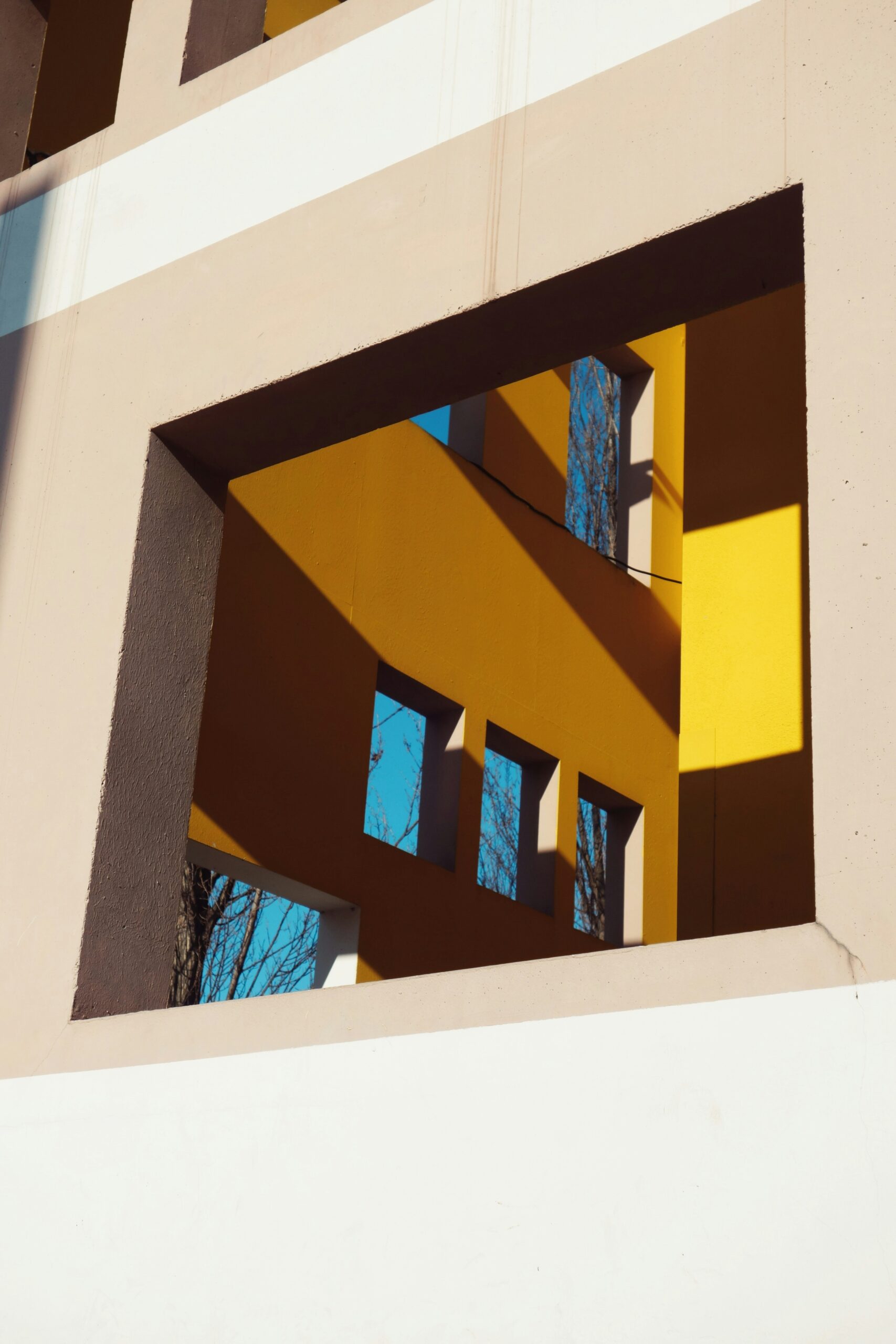The Importance of Open-Mindedness
Open-mindedness plays a crucial role in enhancing one’s ability to uncover sources of creativity in unexpected places. When individuals approach their surroundings with a receptive attitude, they become more attuned to potential stimuli for inspiration. Embracing new ideas and experiences broadens cognitive frameworks, allowing for innovative associations that might otherwise remain obscured. This flexibility fosters a mindset that encourages curiosity and exploration, essential components in the pursuit of creative gems.
One effective way to cultivate open-mindedness is through mindfulness practices. Engaging in mindfulness encourages individuals to focus on the present moment, increasing awareness of their thoughts and surroundings. By observing rather than judging, individuals can uncover inspiration in mundane situations. For instance, a daily walk in the neighborhood can transform when approached mindfully. The simple act of noticing colors, sounds, and textures can ignite a spark of creativity, leading to unique ideas and solutions in various domains.
In addition to mindfulness, questioning assumptions is another powerful tool for nurturing an open-minded approach. Often, preconceived notions limit the exploration of novel concepts and perspectives. By actively challenging these beliefs and considering alternatives, individuals can expand their creative horizons. This practice can be illustrated through anecdotes of innovative thinkers who found inspiration in everyday life. For example, a renowned artist may have derived significant creative insight from observing the shifting patterns of light on a café wall or from engaging in conversation with a stranger. Such experiences highlight that inspiration often resides in the ordinary, waiting to be uncovered by those willing to see the world with fresh eyes. Therefore, maintaining an open mind not only enriches personal creativity but also enhances overall life satisfaction.
Exploring Everyday Environments
Every day, individuals navigate their environments, often overlooking the unique forms of inspiration that abound around them. Urban settings, natural landscapes, and even one’s home can serve as fertile ground for creative insights. By shifting our focus and actively engaging with these spaces, we can uncover a wealth of ideas that spark our imagination and foster creativity.
In urban environments, the hustle and bustle of city life presents a dynamic backdrop. To tap into this richness, consider embarking on creative walks. These strolls allow for observation of distinct architectural styles, street art, and the diverse array of individuals. Carrying a journal to jot down thoughts, sketches, or interesting patterns can help solidify these experiences and may lead to unexpected creative breakthroughs.
Nature, too, offers abundant inspiration. It is essential to spend time outdoors and immerse oneself in the beauty of natural surroundings. Whether through hiking, visiting parks, or simply sitting in a garden, the changing colors, textures, and sounds of nature can stimulate the senses and provide fresh ideas. Observing wildlife or the natural growth cycles can evoke feelings and concepts that might otherwise go unnoticed.
Home environments are equally opportune for inspiration. Transforming a cluttered space into an organized and aesthetically pleasing area can spark new ideas. Rearranging furniture, introducing new artwork, or even exploring different rooms can provide new perspectives. It’s beneficial to engage in reflective practices such as journaling about daily experiences or creatively documenting thoughts and ideas around the house.
The stories of various creatives highlight the importance of exploring these everyday environments. Artists, writers, and musicians often draw inspiration from the mundane, showcasing how simple changes in perspective can lead to transformative creative experiences. By deliberately honing observation skills and engaging with one’s surroundings, anyone can spot and cultivate creative gems waiting to be discovered.
Learning from Diverse Experiences
The pursuit of creativity often requires individuals to engage with a variety of experiences that transcend their usual comfort zones. By actively seeking out diverse experiences, one can unlock fresh ideas and concepts that could otherwise remain hidden. This process allows people to become more open-minded and adaptable, fostering a mindset that nurtures innovation. Exploring alternative perspectives not only broadens horizons but also cultivates a richer understanding of the world.
Travel is one of the most effective means to encounter diverse experiences. When individuals immerse themselves in different cultures, they often discover unique customs, traditions, and artistic expressions that can ignite new forms of creativity. For instance, attending cultural festivals, tasting international cuisine, or learning about historical practices provides a wellspring of inspiration. The exposure to unfamiliar ways of life can lead one to incorporate these influences into their work, thereby enriching their creative output.
Engagement with various art forms is another fruitful approach. Participating in workshops, exhibitions, or performances can offer invaluable insights into how other artists express themselves. Whether it is learning a new musical instrument, trying one’s hand at painting, or practicing dance, these activities invite individuals to experiment with different modes of expression. Such exploration not only enhances one’s creative skill set but also encourages the exchange of ideas among participants from diverse backgrounds.
Collaborative projects stand as a testament to the power of cross-disciplinary learning. By collaborating with individuals possessing different expertise, one can achieve outcomes that are greater than the sum of their parts. The interplay of varying viewpoints often results in innovative solutions to complex problems. Ultimately, by attending to the richness that diverse experiences provide, individuals can significantly enrich their creative repertoire and foster an atmosphere ripe for innovation.
Transforming the Ordinary into Extraordinary
Creativity often thrives in the unlikeliest of places. The challenge lies in recognizing the potential embedded in the ordinary and transforming it into something extraordinary. To achieve this transformation, several techniques can be employed, including reframing, remixing, and recontextualizing. These methods not only enhance creativity but also provide new insights into the mundane aspects of life.
Reframing involves looking at a standard concept or idea from a different perspective. For instance, consider a common object like a paperclip. Instead of viewing it only as a tool for holding papers together, think of its potential in a broader context—perhaps it can be a makeshift keychain or a unique component in a sculpture. By altering the context in which we perceive these objects, we often uncover hidden possibilities that can ignite the creative spark.
Remixing is another effective method, which encourages combining various elements to create something novel. This could involve taking two seemingly unrelated ideas and integrating them to form a new concept. An excellent example of this technique is the fusion of culinary styles, like the creation of sushi burritos, which meld traditional Japanese cuisine with the familiarity of Mexican food. By allowing creativity to flow from diverse influences, extraordinary innovations emerge, showcasing the power of interaction between commonplace inspirations.
Recontextualizing is yet another avenue of exploration. This technique encourages individuals to place ideas or objects in a different setting or narrative, thereby granting them new significance. For instance, transforming discarded materials into art can turn waste into a powerful statement about environmental issues. Artists like Banksy utilize this approach, giving weight to the otherwise overlooked, prompting observers to reconsider their perceptions.
By implementing these strategies—reframing, remixing, and recontextualizing—individuals can elevate their everyday experiences into remarkable creative projects. The key is recognizing that extraordinary creations often begin with the most unassuming inspirations. Embracing this process can lead to significant breakthroughs and a deeper understanding of creativity itself.


